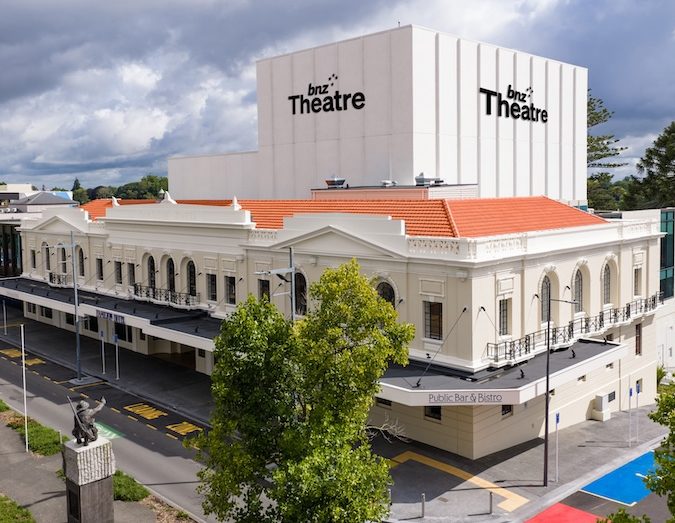
For many small to medium enterprises (SMEs), trying to break into the world of fast-moving consumer goods (FMCGs) or supermarkets can be daunting. We sit down with Countdown and a couple of SME owners to get their insights and tips on how make it onto the supermarket shelves.
It is well-known that entering the world of supermarkets such as Countdown, Pak’n’Save and New World can be quite the challenge, even almost impossible, for many SMEs.
“It’s a little bit daunting when you see these large multinational brands, but the reality is that many small New Zealand brands have entered the market and have done exceptionally well,” says Greta Taylor, General Manager of Grocery Foods and Liquor at Countdown.
“It is absolutely entirely possible,” she says.
Some prime examples of SMEs that have managed to break through include the likes of niche cotton candy business, Candy Cutique and skincare line, Frula Beauty.
Taylor says that when it comes down to choosing brands that are stocked on the shelves of Countdown, they often look for what makes that brand unique.
“The big thing that we look for is, what’s the point of difference? What is the real key difference in their products and their brand that makes them stand out from the big guys,” Taylor adds.
And that’s exactly what Candy Cutique and Frula Beauty did.
Mickey Wijchers, owner of the gourmet candy floss business Candy Cutique, was able to pinpoint his products’ point of difference as a brand that makes candy floss for an older and niche demographic.
Read more: New research highlights what’s stopping Kiwi businesses going global
The same went for Frula Beauty, a luxurious skincare brand created to be affordable and accessible to everyone, was able to address a clear gap in the market, making it attractive to the likes of Countdown and Costco Australia and New Zealand.
“I went into supermarkets to see what they were currently offering and to identify the opportunities which existed. I imagined seeing the Frula Beauty range on the shelf and asked myself, how will we stand out here and what is our Unique Selling Point (USP) going to be?” founder Erna Basson says.
“We managed to secure supermarkets in New Zealand and Costco in both markets within a couple of months of creating the brand. This really proves that our concept of a clean luxurious skincare brand available in supermarkets was needed and we have filled the gap.”

Despite the saturation of large multinational brands in supermarkets, there’s still opportunity to reach new markets, and that’s where these small businesses are realising success.
When negotiating with SMEs who are interested in joining the FMCG world, Taylor says there must be a real consumer need for their product. “It’s about understanding whether the product meets a customer need and within that, how does that differ from some of the other bigger brands.”
As well as this, brands that fit what consumers are currently looking for when it comes to shopping, are also likely to catch the eye of FMCGs.
“With the environment that we are in now, value is incredibly important, but value isn’t always about the cheapest price, value could mean convenience in terms of a customer’s time,” says Taylor.
“Sustainability is becoming another important point for consumers and a concern. If we see brands that are on the same path and are committed to working in that same environment, then that is of real interest to us as well.”
When it comes to SMEs trying to make it to the big FMCG stage, Taylor says these are the main characteristics that she keeps a look out for when it comes to choosing products featured in Countdown stores.
“There are so many elements, but I guess together it’s how does that brand come together to meet that point of difference based on a number of those things.”




